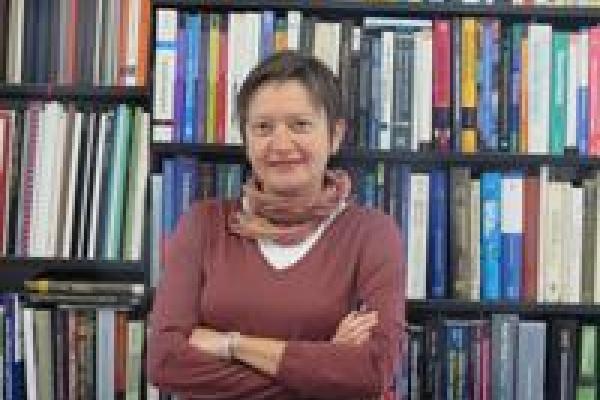
Superconductivity is a quantum phenomenon arising, in its simplest form, from the pairing of fermions with opposite spin into a state with zero net momentum. Whether superconductivity can occur in fermionic systems with an unequal number of two species distinguished by spin is an important open question. The imbalance between spin-up and spin-down electrons that form the Cooper pairs can be induced by a magnetic field and/or proximity to a ferromagnet. Both the applied magnetic field and quantum mechanical exchange interaction between spins in a ferromagnet tend to align the spins, whereas the spins in a Cooper pair are antiparallel. Those antagonistic tendencies lead to pair breaking. When the pair breaking effect is sufficiently large, a Cooper pair has two options for survival. It can become a triplet pair, in which the two spins point in the same direction with the magnetic field; and/or, it remains in the singlet state with the spins pointing in opposite directions and acquire instead a finite center-of-mass momentum. This momentum leads to a spatially inhomogeneous state consisting of periodically alternating ‘normal/ferromagnetic’ and ‘superconducting’ regions. In this seminar, I will describe our recent nuclear magnetic resonance (NMR) measurements that establish that the hallmark of this spatially modulated state is the appearance of spatially localized and spin-polarized quasiparticles forming the so-called Andreev bound states (ABS).
H. Mayaffre et al., Nature Phys. v10, 928, (2014).
